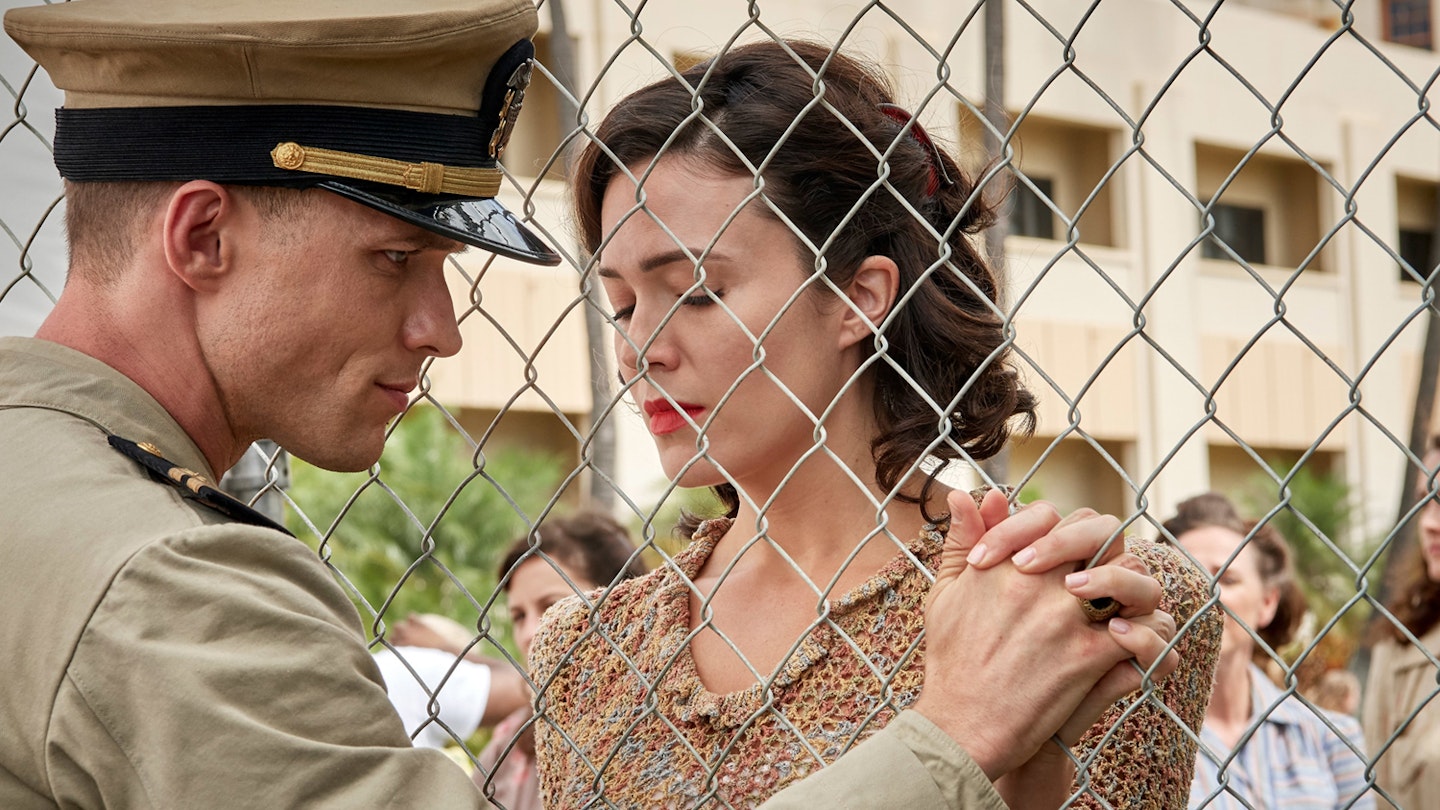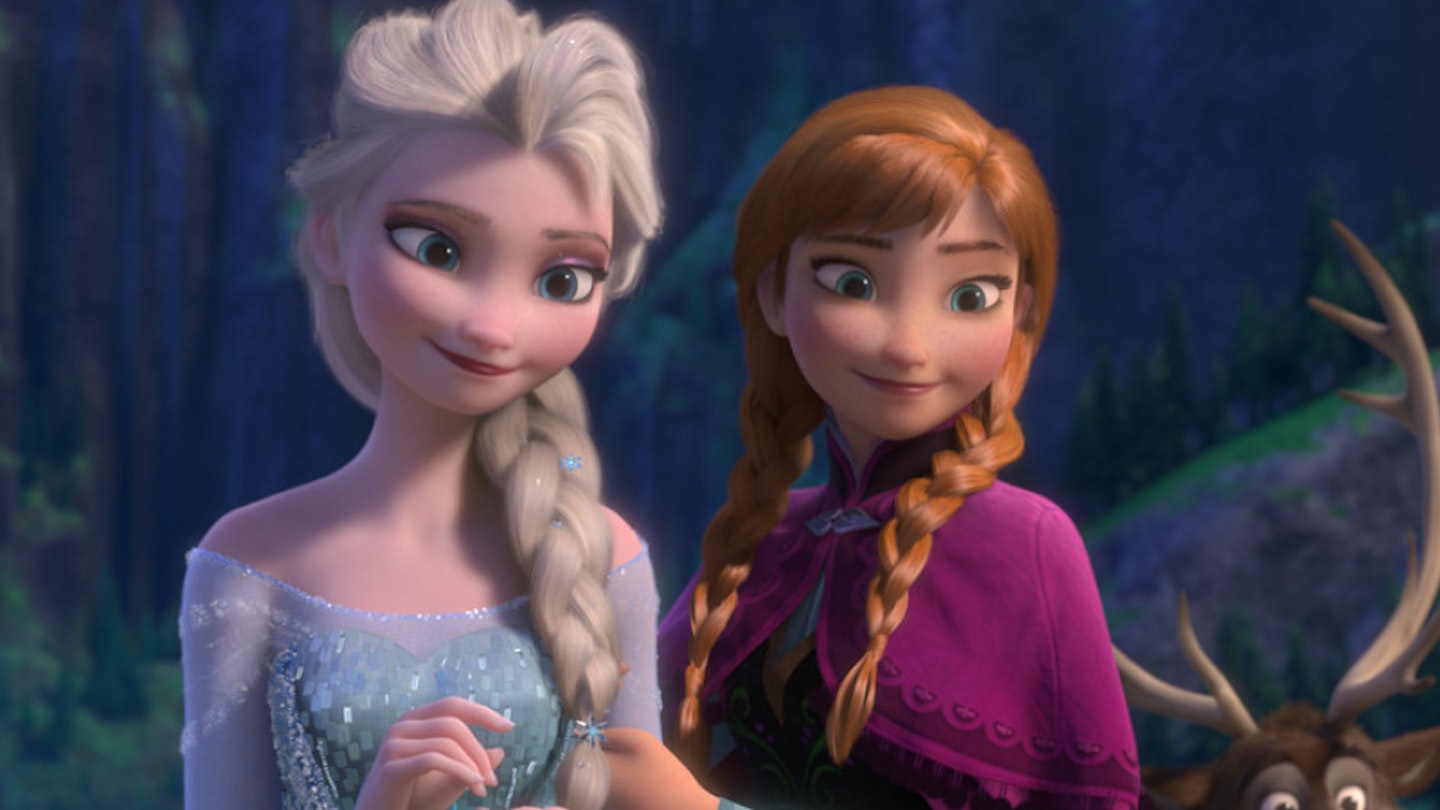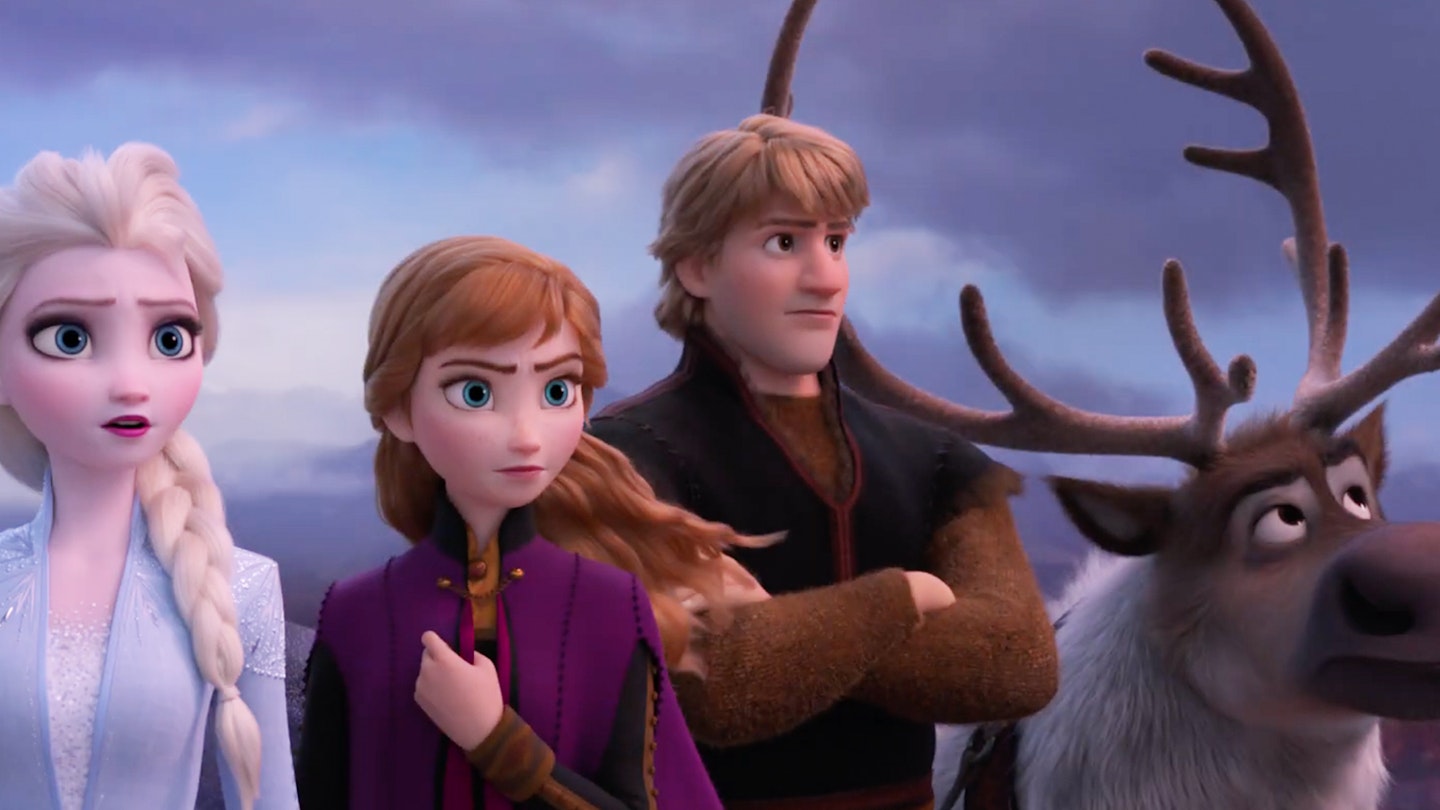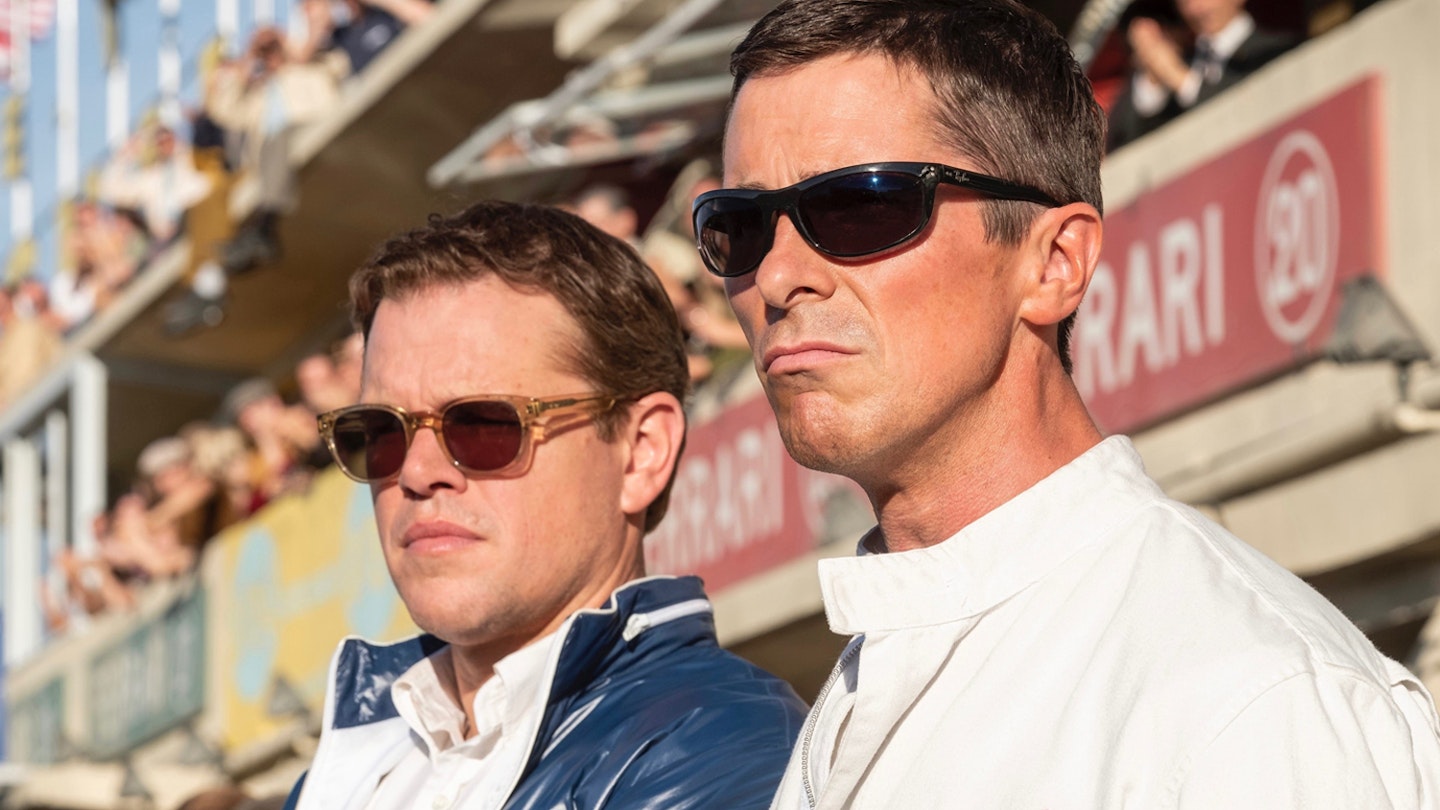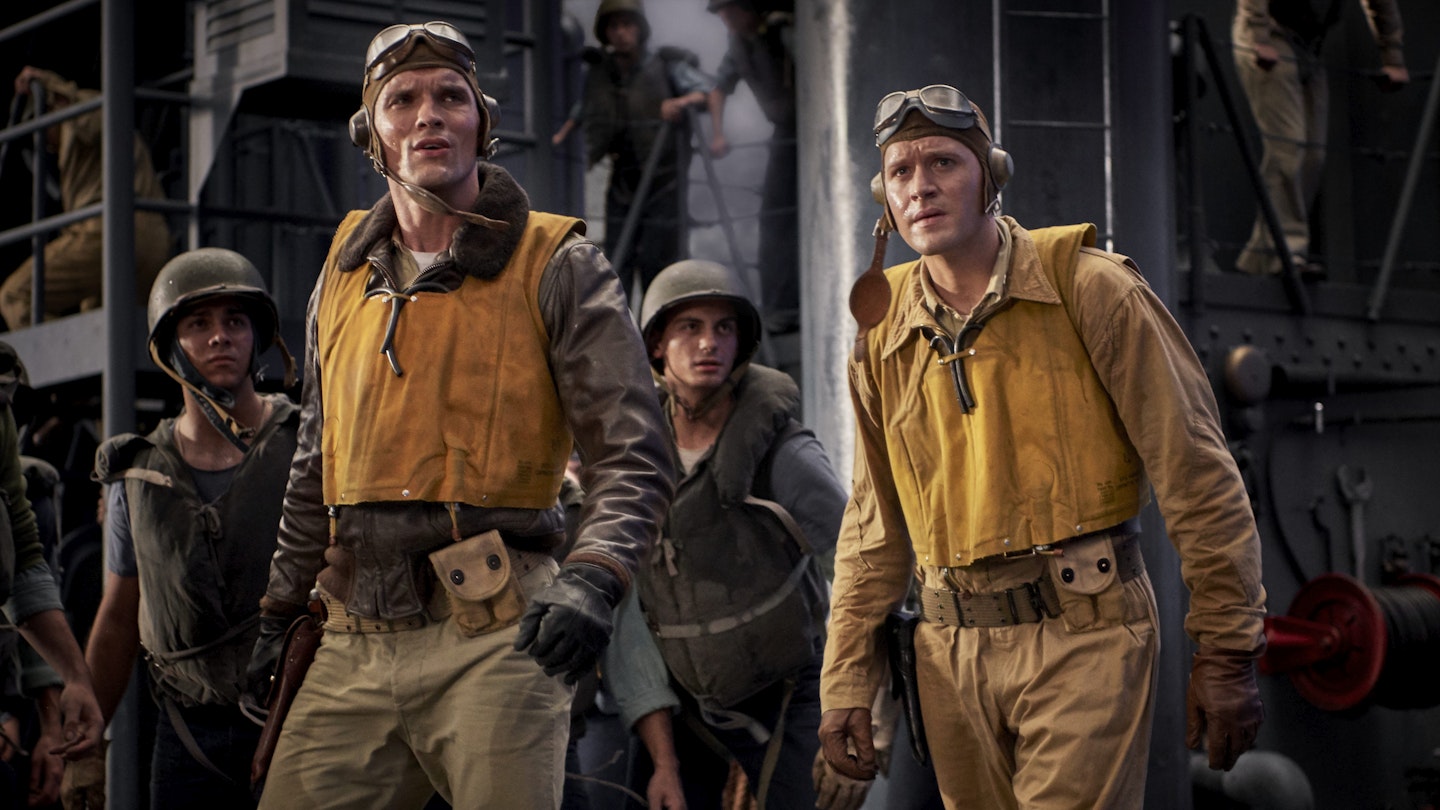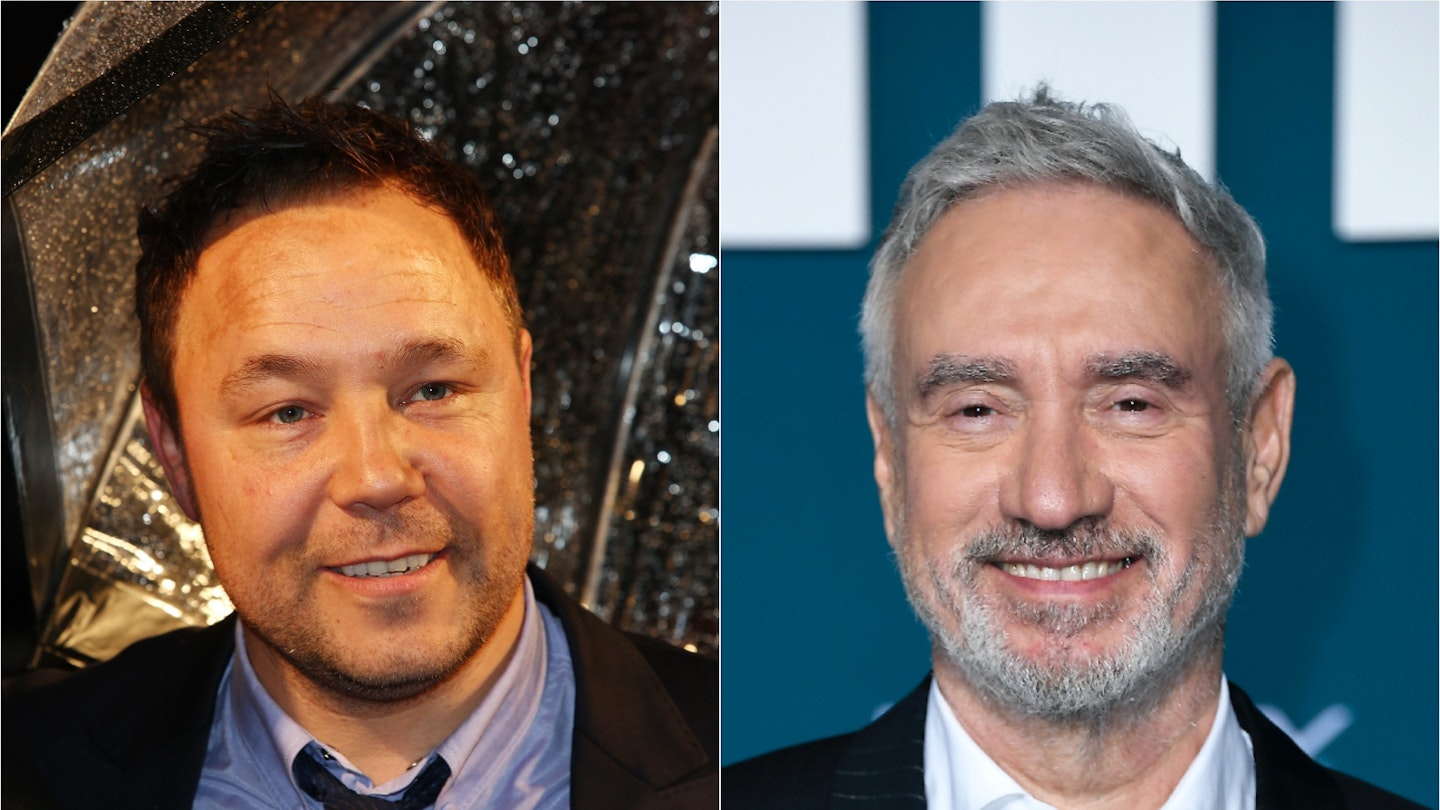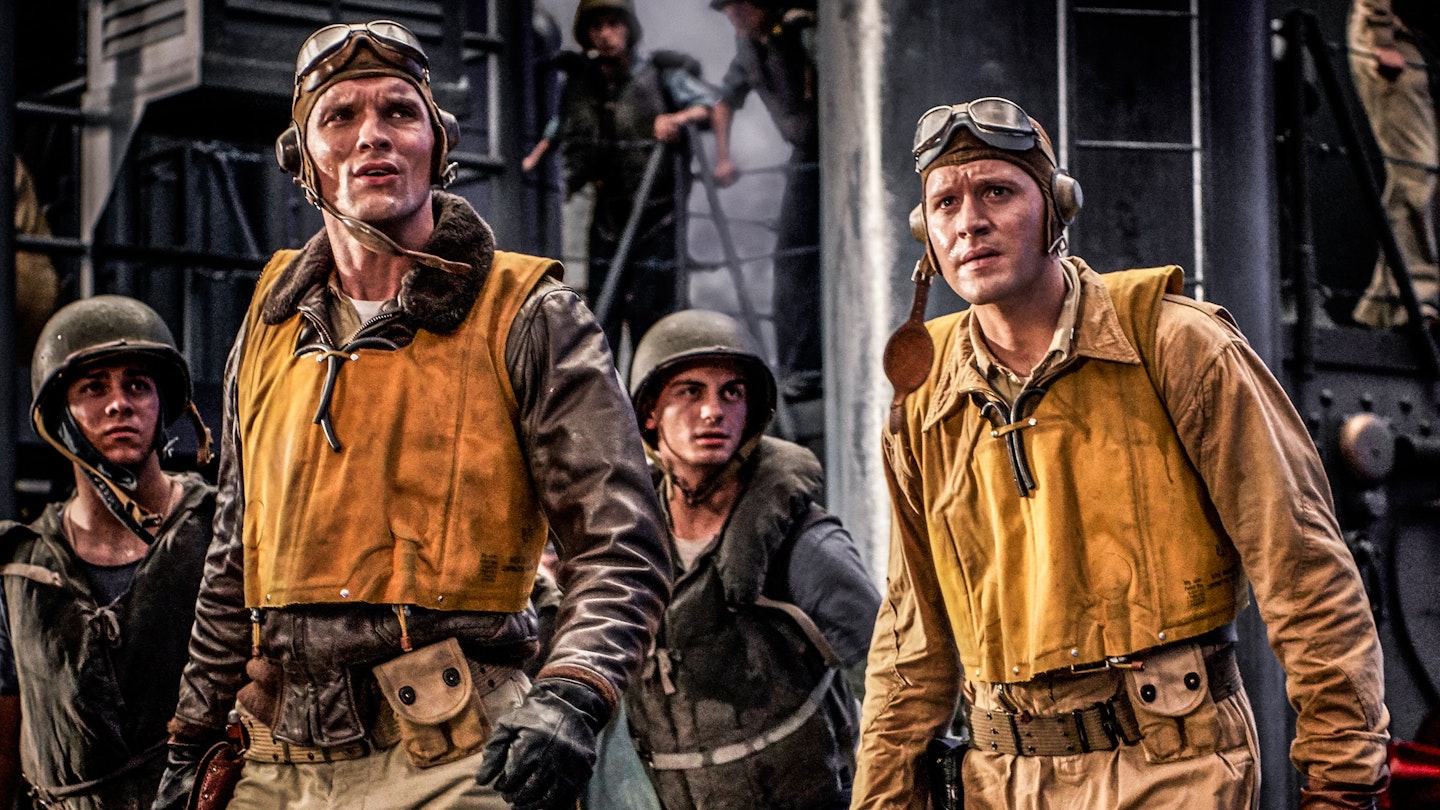After staging a war between worlds in Independence Day: Resurgence, Roland Emmerich mounts a world at war in Midway. A passion project for the German director — it’s been gestating since the ’90s — the film charts the lead up to the battle of Midway, the fight for domination between the US and Japan for the geographically crucial atoll that became a turning point in the war in the Pacific. The slice of history has been filmed before by Jack Smight in 1976 with an all-star cast (Heston! Fonda! Coburn! Mifune!), new-fangled audio process Sensurround and a great John Williams score. Yet despite better production values (if lower star wattage), Emmerich’s take doesn’t really up the ante on it, suffering from bloat and a similar lack of directorial intelligence.
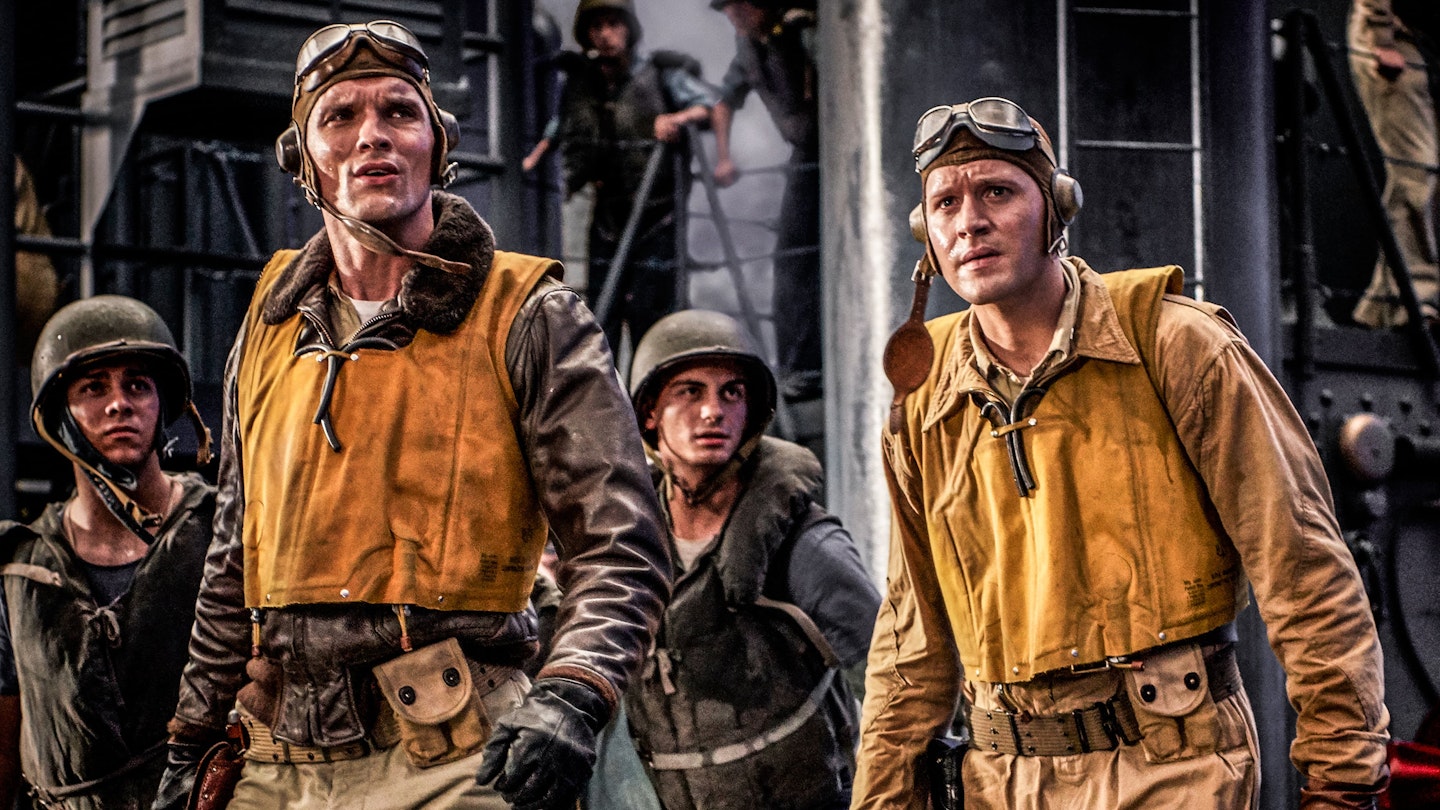
As you’d expect, Emmerich begins his film with a bang, with his own version of the Japanese attack on Pearl Harbor. Although it’s 18 years on from Pearl Harbor, Emmerich’s take doesn’t particularly raise the bar, lacking the scale and sweep of Michael Bay’s recreation. Surprisingly, some of the effects feel less convincing than those in the 2001 version.
The final battle is a melange of repetitive dive bombing, dogfights and submarine shenanigans that feels overlong.
Out of the carnage, Wes Tooke’s screenplay weaves together different real-life characters: intelligence officer Edwin Layton (Patrick Wilson, whose reserve makes him by far the most interesting character), who failed to persuade the powers-that- be that Pearl Harbor was imminent, is charged by Woody Harrelson’s Admiral Nimitz to pre-empt the Japanese’s next gambit; Ed Skrein’s flyboy Lieutenant Richard ‘Dick’ Best leads the pilots into numerous battles, butting heads with Lieutenant Commander Wade McClusky (Luke Evans) and Vice Admiral ‘Bull’ Halsey (Dennis Quaid), whose only discernible character trait is shingles; and Aaron Eckhart’s Lieutenant Colonel Jimmy Doolittle, who leads a retaliatory raid on Tokyo (it formed the 'upbeat' ending of Pearl Harbor) before bailing out over China. Each of these strands is broadly sketched, proffering one-dimensional characters spouting blunt, cartoon-y dialogue (“That’s the bravest goddamned thing I’ve ever seen”) without anything approaching nuance. The Doolittle story in particular gets short-shrift: it’s over before it has begun.
Emmerich acknowledges the Japanese side of the story, embodied by Tadanobu Asano’s Rear Admiral Tamon Yamaguchi, in much the same way Pearl Harbor did, the general tenor being honourable and inscrutable without any traits or subtleties. The film also pays faint lip-service to the women at home, represented by gutsy Mandy Moore and Rachael Perrell Fosket.
The last third of the film is dedicated to the final battle. In a nice film buff-y touch, Emmerich shows John Ford (Geoffrey Blake) in documentarian mode shooting the air action from the ground, but for the most part it’s a melange of repetitive dive bombing, dogfights and submarine shenanigans that feels overlong because you are not invested in the people. If it’s not quite the tub-thumping triumphalism of Independence Day, this is a war movie where no-one shows fear, doubt, confusion or anguish — and as such, feels a bit like a museum piece.
